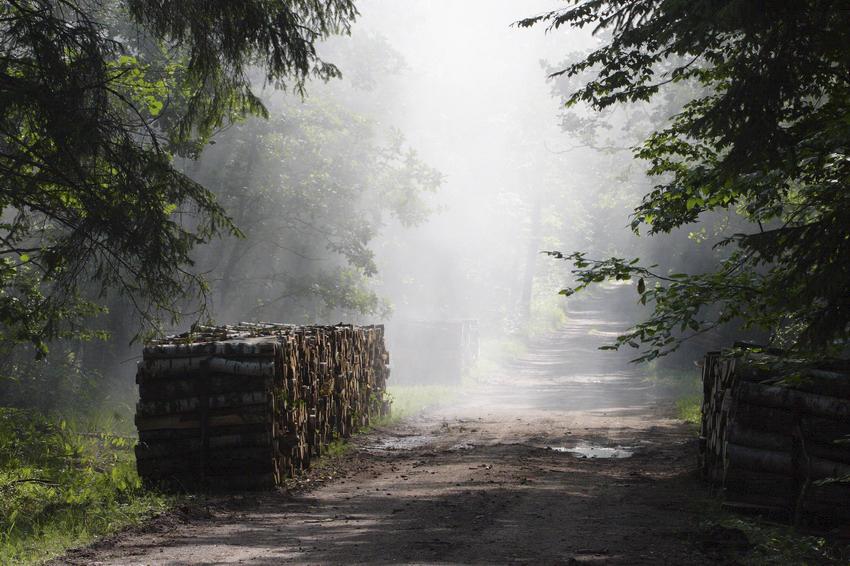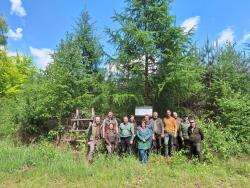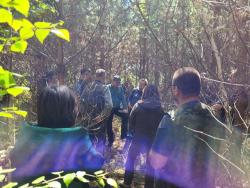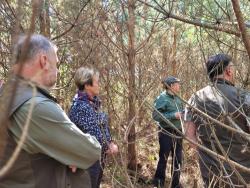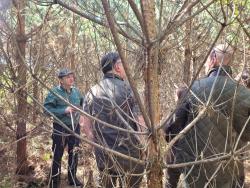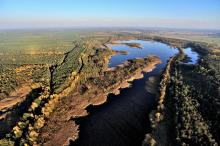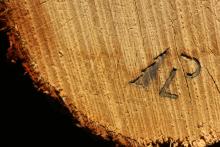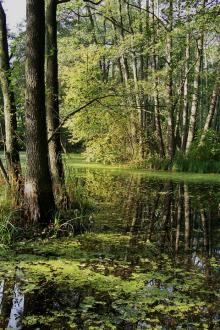 Asset Publisher
Asset Publisher
The State Forests National Forest Holding
The State Forests National Forest Holding is the largest organisation in the European Union managing forests, which belong to the State Treasury and celebrating its 90 anniversary this year.
Presently, we manage the area of one third of Poland's territory. Not long after the end of the Second World War, there was only 21 % of the area. Every year we plant 500 million of new trees, as we want Polish forests grow all the time.
Every year Polish foresters plant 500 million of trees.
85 % of nature reserves in Poland are located within the State Forests. 40 % of the forests managed by General Directorate of the State Forests are protected within the framework of European network Natura 2000. We fight against many threats: natural disasters, plaques of insects, trees' diseases, fires, pollutions, as well as poaching and vandalism.
We take care the forestry supplying the market with timber, as ecological and universal material, to be carried on in accordance with rules of balanced development (photography P.Fabjański).
One of our major tasks is making forests accessible to the society. We invite you to take advantage of these beautifully located within the forest wilderness holiday resorts, forester's lodges or guest rooms. That is for you, we create thousand kilometres of hiking trails, cycling paths or camping sites. All the above mentioned, you can find in service www.czaswlas.pl.
We also take care the forestry supplying the market with timber, as ecological and universal material, to be carried on in accordance with rules of balanced development. We obtain over 30 million of cubic meters of wood annually, twice as much as at the beginning of the nineties of the XX century.
Despite of this, the average of wood abundance per hectare of our forests is one fourth bigger than 20 years ago and 40% bigger than the average of European Union currently amounts.
In Poland in sectors connected with the forestry, there work about 375 thousand of people. It means that each 40 working Pole works in the forest.
In Poland in sectors connected with the forestry, there work about 375 thousand of people. It means that each 40 working Pole works in the forest. The sector of wood processing works out approximately 8 % of our GDP (Gross Domestic Product). Among others, thanks to the timber from the State Forests Poland is the 10 largest producer of furniture in the world, and the 4 largest furniture exporter.
The State Forests employ 25 thousand people. That way we are the 9 biggest employer in Poland. Among the largest companies in our country it takes 22 place in respect of its incomes and 11 place in respect of its profits. The value of assets, we manage, reaches 300 million zl. If we add social values, it will be worth one billion zlotych. We do not use money from the budget, but we earn money on our own to support the business. In spite of the financial crisis, since 2002, we continuously note down profits. Moreover, we pay taxes amounting 1,3 billion zl annually.
87 % of Poles think, the foresters are competent. We willingly share our knowledge of Polish forests, of their history and of nature values with the others. We publish books, periodicals, brochures; we also administer the website www.lasy.gov.pl . For children, the youth and teachers, we prepared internet service "E-lynx' Lynx Forest" (www.erys.pl). Our staff has supported schools in field of nature education for years. We also organise many actions to let people broaden their knowledge about forest, nature and ecology.
 Asset Publisher
Asset Publisher
Spotkanie naukowców i praktyków w Nadleśnictwie Złoczew – wspólne działania na rzecz hodowli lasu
Spotkanie naukowców i praktyków w Nadleśnictwie Złoczew – wspólne działania na rzecz hodowli lasu
W dniu 20 maja 2025 roku na terenie Nadleśnictwa Złoczew odbyło się spotkanie przedstawicieli instytucji naukowych w dziedzinie leśnictwa: Instytutu Badawczego Leśnictwa, Instytutu Dendrologii PAN w Kórniku, Wydziału Leśnego SGGW w Warszawie, Wydziału Leśnego Uniwersytetu Przyrodniczego w Poznaniu oraz Wydziału Leśnego Uniwersytetu Rolniczego w Krakowie. Spotkanie zostało zorganizowane w ramach realizacji tematu badawczego zleconego przez Lasy Państwowe pt. „Poznanie wartości hodowlanej leśnego materiału podstawowego poprzez testowanie potomstwa”.
Podczas spotkania skoncentrowano się na analizie zasad pomiaru na powierzchniach badawczych sosny zwyczajnej w 10. roku życia drzew. Kluczowym elementem wydarzenia była wymiana wiedzy i doświadczeń między naukowcami – opiekunami powierzchni badawczych, a praktykami leśnymi, którzy na co dzień prowadzą prace gospodarcze na tych obszarach.
Dyskutowano m.in. o:
- metodyce oceny drzewek i pomiarów wysokości (także z użyciem LiDAR-u),
- sposobach rejestracji danych w rejestrze Leśnego Materiału Podstawowego (LMP),
- praktycznym wykorzystaniem wyników testów,
- organizacji konferencji podsumowującej 20-lecie programu testowania potomstwa (zaplanowanej wstępnie na 28–29 października 2025 r.).
W części terenowej, na przykładzie powierzchni doświadczalnych z sosną zwyczajną, uczestnicy omawiali praktyczne aspekty pomiarów, w tym zasady oceny prostości strzały i wielopędowości. Podkreślono konieczność zachowania jednolitych standardów pomiarowych we wszystkich nadleśnictwach uczestniczących w programie, co zapewni wiarygodność i porównywalność wyników.
Podczas spotkania poruszono również wyzwania związane z trudnymi warunkami terenowymi, m.in. w górach, które mogą ograniczać możliwości pomiarowe. Zgłoszono potrzebę analizy alternatywnych metod oceny przeżywalności drzew bez pomiarów pierśnicy.
Omawiano także kwestie pielęgnacji powierzchni testowych – cięć późnych, utrzymania ogrodzeń oraz potrzebę spójnego podejścia do zabiegów hodowlanych. W kontekście hodowli podkreślono znaczenie pojęć takich jak dostosowanie do uprawy (domestic fitness) oraz dostosowanie do odnowienia naturalnego (natural fitness), które mają kluczowe znaczenie przy ocenie wartości hodowlanej materiału leśnego.


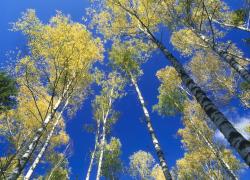 fot. Paweł Fabijański
fot. Paweł Fabijański
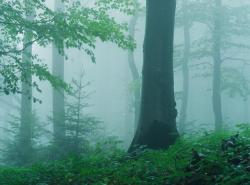 fot. Paweł Fabijański
fot. Paweł Fabijański
 fot. Paweł Fabijański
fot. Paweł Fabijański
